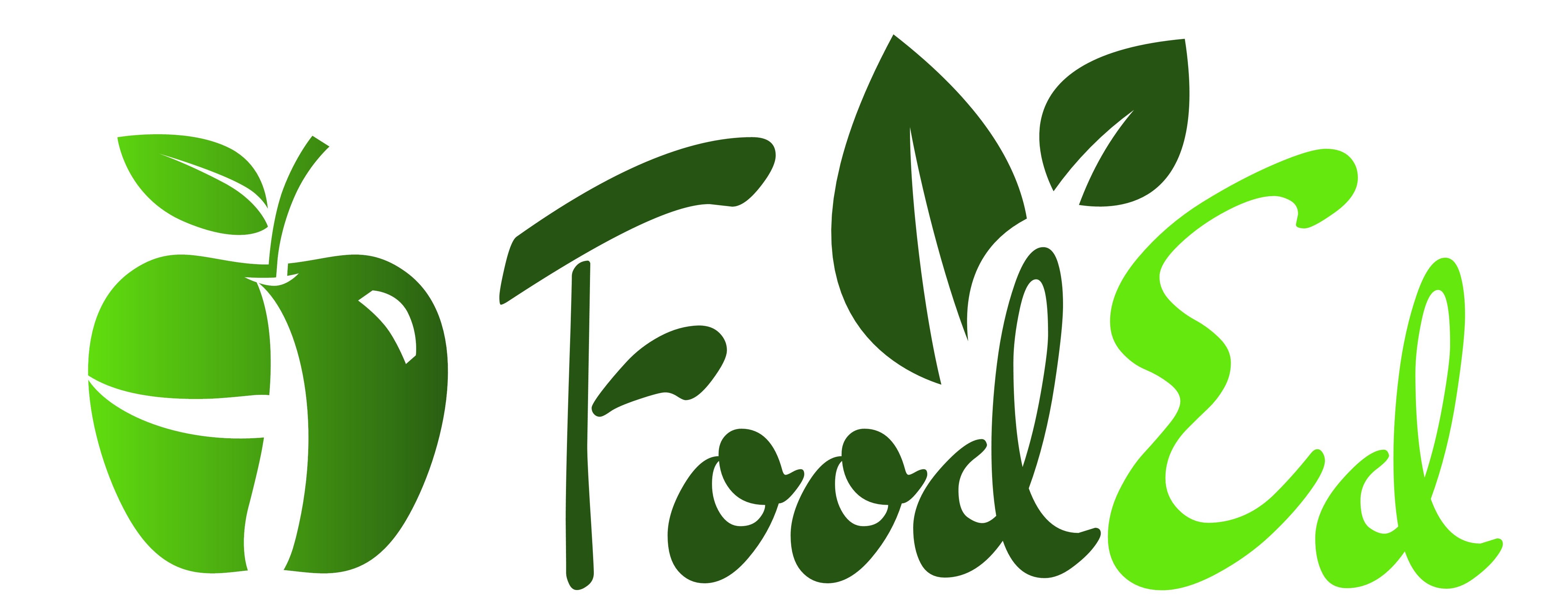 Since ancient times people have used mushrooms for a variety of reasons. Ötzi, the ice mummy found in 1991 in the Italian Alps, had three types of mushrooms with him. He probably used them for making fire, brewing a medicinal tea and for treating wounds. Ötzi died some 5500 years ago.
Since ancient times people have used mushrooms for a variety of reasons. Ötzi, the ice mummy found in 1991 in the Italian Alps, had three types of mushrooms with him. He probably used them for making fire, brewing a medicinal tea and for treating wounds. Ötzi died some 5500 years ago.
The medicinal properties of many types of different mushrooms can be explained evolutionary by the fact that fungi are more closely related to the animal kingdom then to the plant kingdom, so they had to often defend themselves against the same microbes that we can suffer from. Mushrooms do produce a surprisingly wide range of natural antibiotics.
 Mushrooms are a not acidifying source of protein that’s also particularly rich in B vitamins, similar to meat. Mushrooms can also be a very good source of vitamin D. To let the mushrooms become a source of vitamin D they have to be exposed to sunlight. This process works with most species but with the Shiitake mushroom this works so well that 100 grams of fresh shiitake, that’s been exposed to the sun for one day, contains enough vitamin D to meet the required RDA (Recommended Dietary Allowance) for a whole week. The Dutch government advises millions of people to take vitamin D supplements. For this you don’t have to swallow a daily pill but you could also just eat some mushrooms that have been lying in the sun for one day every week.
Mushrooms are a not acidifying source of protein that’s also particularly rich in B vitamins, similar to meat. Mushrooms can also be a very good source of vitamin D. To let the mushrooms become a source of vitamin D they have to be exposed to sunlight. This process works with most species but with the Shiitake mushroom this works so well that 100 grams of fresh shiitake, that’s been exposed to the sun for one day, contains enough vitamin D to meet the required RDA (Recommended Dietary Allowance) for a whole week. The Dutch government advises millions of people to take vitamin D supplements. For this you don’t have to swallow a daily pill but you could also just eat some mushrooms that have been lying in the sun for one day every week.
This effect occurs because the mushrooms contain ergosterols which get converted under the influence of UV light into vitamin D. The highest concentration of these ergosterols are found in the gills of the mushroom. When you put the mushrooms upside down in the sun, with the gills facing up, this process works the fastest. With the common mushroom (champignon) this process doesn’t work so well because the gills are not yet visible.
 Mushrooms are also a good source of selenium. This is a good reason to eat mushrooms because Europeans eat food that contains generally little selenium. A shortage of selenium may, among other things lead to prostate cancer. Sufficient selenium in your diet reduces the risk of cardiovascular disease and promotes the functioning of the immune system. The presence of fibres and the mineral copper are two other reasons why mushrooms are healthy. We need copper in our body among others for new blood formation.
Mushrooms are also a good source of selenium. This is a good reason to eat mushrooms because Europeans eat food that contains generally little selenium. A shortage of selenium may, among other things lead to prostate cancer. Sufficient selenium in your diet reduces the risk of cardiovascular disease and promotes the functioning of the immune system. The presence of fibres and the mineral copper are two other reasons why mushrooms are healthy. We need copper in our body among others for new blood formation.
Of the estimated 1000 different species of edible mushrooms only a few species have been successfully cultivated. Cantharelles and truffles are for example largely collected in the wild.
In the Netherlands, the supply of fresh mushrooms in the supermarket is usually limited to the Champignon, oyster mushrooms and shiitake. Brown (Chestnut) mushrooms have more flavour than the white ones and the Portobello is the same mushroom that has been allowed to grow 5-6 days longer. On the oyster mushrooms and the shiitake you can find seperate chapters on this website.
Buy preferably organic mushrooms because as they grow, they act like a sponge and all pesticides are absorbed by the mushrooms. So when the growth environment is contaminated with pesticides, these will also be found in the mushrooms.



